After a cold start to winter, our weather has moderated to more normal conditions for our area, with milder temperatures and regular rains. While we’re not out of the woods just yet—winter often returns in late January or February around here—with a new year upon us it’s time to start getting ready for a new year in the garden. Here are a few gardening tips to start the year off right and be ready when nice weather arrives.
First, before the busy season arrives, take an hour to get your garden tools in good shape. If it’s been a while since you gave your shovels some care, start by giving the shovel heads a good cleaning with soapy water and a stiff bristle brush to remove any caked-on dirt. Once the shovel is clean, turn your attention to sharpening the digging edge with a file. Digging through rocky soil and roots dulls the shovel’s edge over time, so sharpening can make an old shovel feel like new. Finally, if your shovel has a wooden handle worn with age, lightly sand it to smooth out any rough spots that could splinter and wipe the entire shovel down with an oil like linseed, cooking, or even motor oil to lubricate the wood handle and prevent rust on the metal surface.
Second, January is a perfect time to spray your fruit trees with a dormant spray to kill any overwintering insects or disease spores. For insects, use a horticultural spray oil like Bonide All-Seasons Spray Oil to smother any insects or eggs that may be on your trees’ branches. For diseases, a copper spray will kill fungus spores that cause diseases like peach leaf curl, ensuring healthy trees as the growing season starts.
With both types of spray, you’ll need dry weather and temperatures above 40 degrees, which admittedly is a tall order this time of year! For best results, apply sprays with at least 24 hours of dry weather following application. Copper and spray oil can be mixed in a single application to maximize your results with minimal time commitment.
Third, if your yard looks anything like mine, you might not have finished your fall yard cleanup before the cold weather arrived. If you remember, in mid-autumn the weather turned from unseasonably warm to quite cold in a matter of days, freeze-drying the remaining leaves on maples, dogwoods and other deciduous trees in place. Now that the leaves have fallen, rake through your beds once more to clean up any fallen debris before spring bulbs sprout.
Finally, take a few minutes to ensure you’re ready to protect your plants against a late-winter northeaster. Hellebores are one of the most popular plants for winter color, but also one that could use some extra protection in a winter storm. Although the plants themselves are incredibly hardy—they can survive temperatures as low as -10 to -20 degrees—the late-winter buds and blooms are susceptible to freezing off in a cold northeaster.
If your hellebores are planted on the north or east side of your house where they may be exposed to the brunt of our winter winds, one easy way to protect your plants during a winter storm is to gather the foliage up and tuck the leaves, buds and all under a large bucket or black nursery pot. I keep a few old nursery pots stored for just that occasion, and since I’ve started covering my hellebores before a cold winter storm, I’ve been able to enjoy their beautiful late-winter blooms each year.
As we gardeners begin to dream of warmer, sunny days, let’s make the most of the slower time to year to get ready for a successful season ahead!


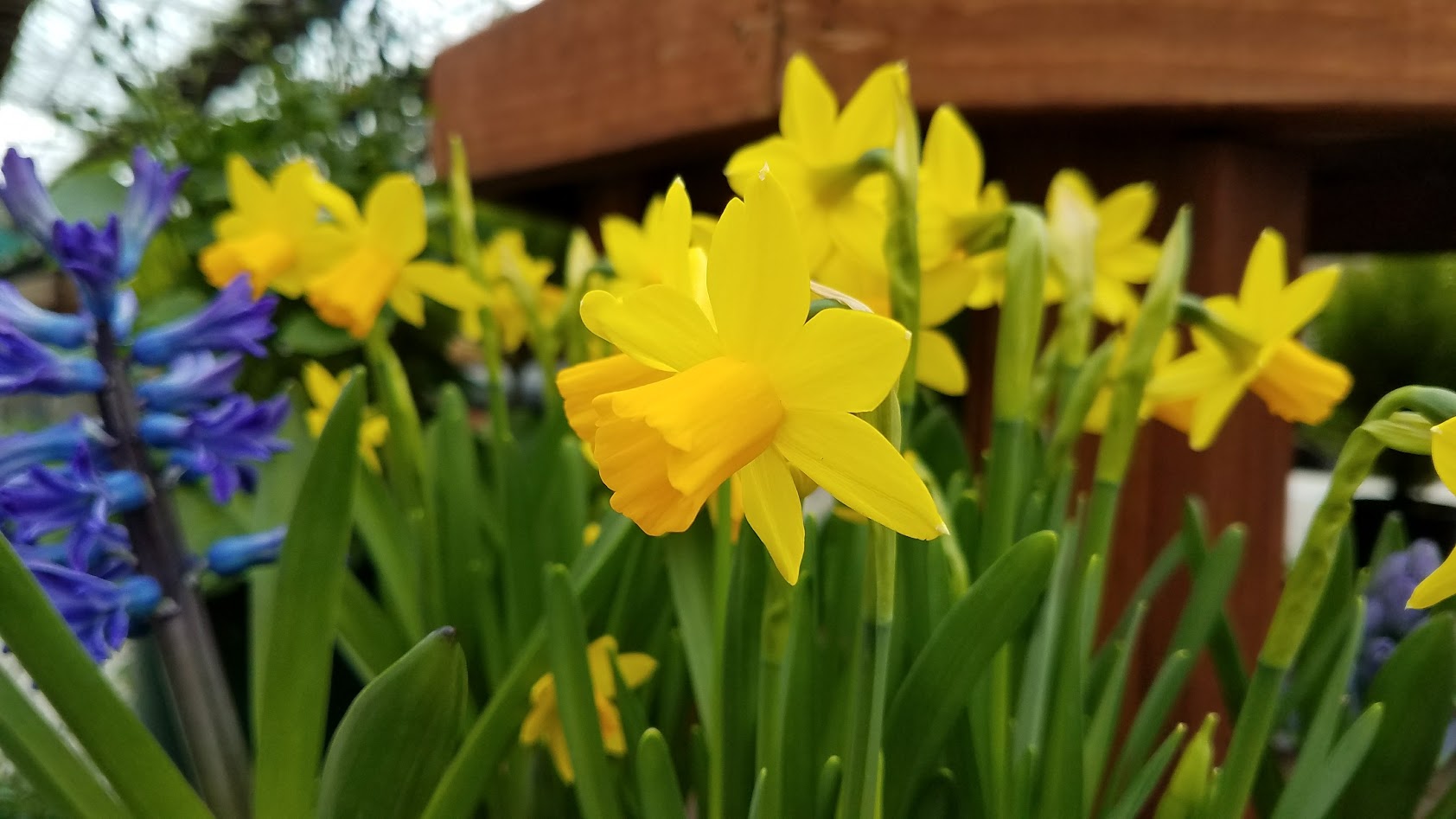
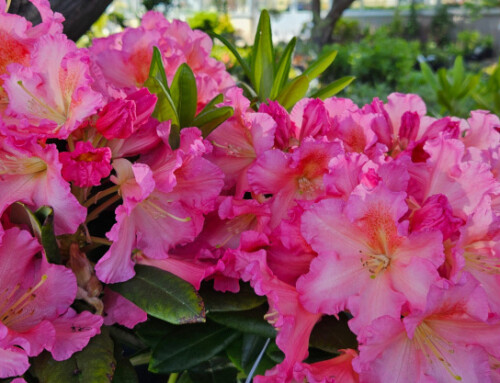

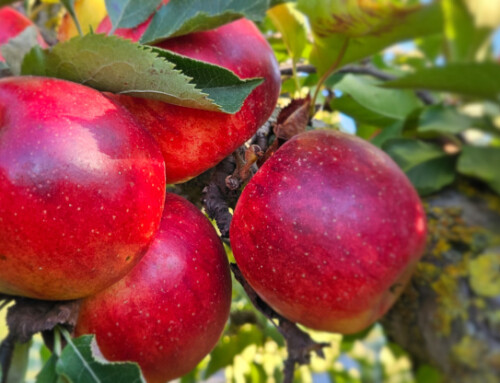
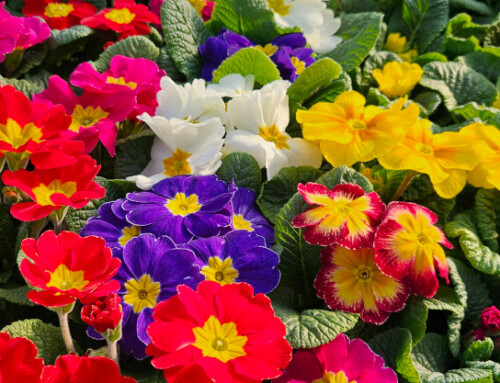
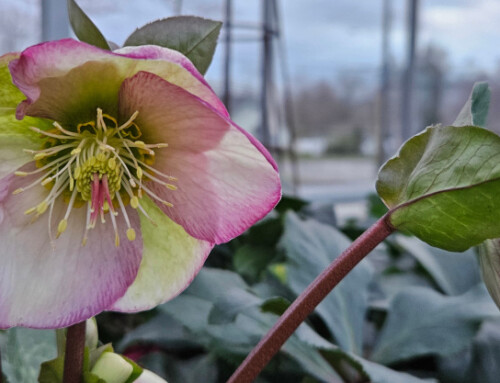
Leave A Comment